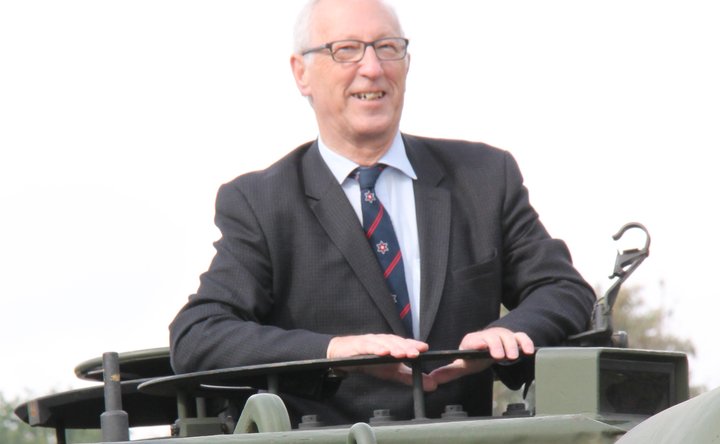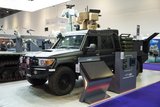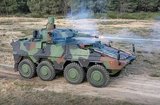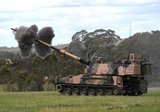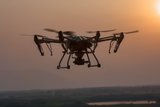How Europe is enhancing AFV survivability to counter new and old threats
A General Dynamics European Land Systems ASCOD 2 fitted with Elbit remote-controlled turret and Iron Fist active protection system. (Photo: Christopher Foss)
In Afghanistan and Iraq, mines and IEDs were the main problem, but more recent operations in Ukraine have demonstrated that antitank guided weapons (ATGW) remain a threat, as do unguided weapons such as the still widely deployed RPG-7.
These are normally fitted with a tandem high-explosive antitank (HEAT) warhead to neutralise explosive-reactive armour (ERA) so the main charge penetrates the main armour.
On lighter AFVs, bar or slat armour is fitted to neutralise the fuze of the incoming munition before it hits the main armour, but both of these are only around 60% effective. Bar armour is also often fitted
Already have an account? Log in
Want to keep reading this article?
More from Land Warfare
-
![K9 rolls on as Egypt unveils systems, Australia fires and Vietnam and Norway place orders]()
K9 rolls on as Egypt unveils systems, Australia fires and Vietnam and Norway place orders
Hanwha Aerospace’s tracked K9 Thunder 155mm/52-calibre self-propelled howitzer has had notable success in the market over the past few years in Europe and Asia, with Poland alone ordering 316 systems.
-
![De-Risking the Future: Manufacturing Certainty for Unmanned Systems]()
De-Risking the Future: Manufacturing Certainty for Unmanned Systems
How strategic manufacturing partnership solves the industrialisation triad — Scale, Compliance and Cost — for hyper-growth defence tech innovators.
-
![Battlefield mobility, made in the UK]()
Battlefield mobility, made in the UK
How does Britain ensure that we can preserve the lives of our soldiers and allies – now and in the future – with homegrown innovation and resilient domestic manufacturing? At Pearson Engineering, we are proud to be a central part of the answer to this increasingly important question.







